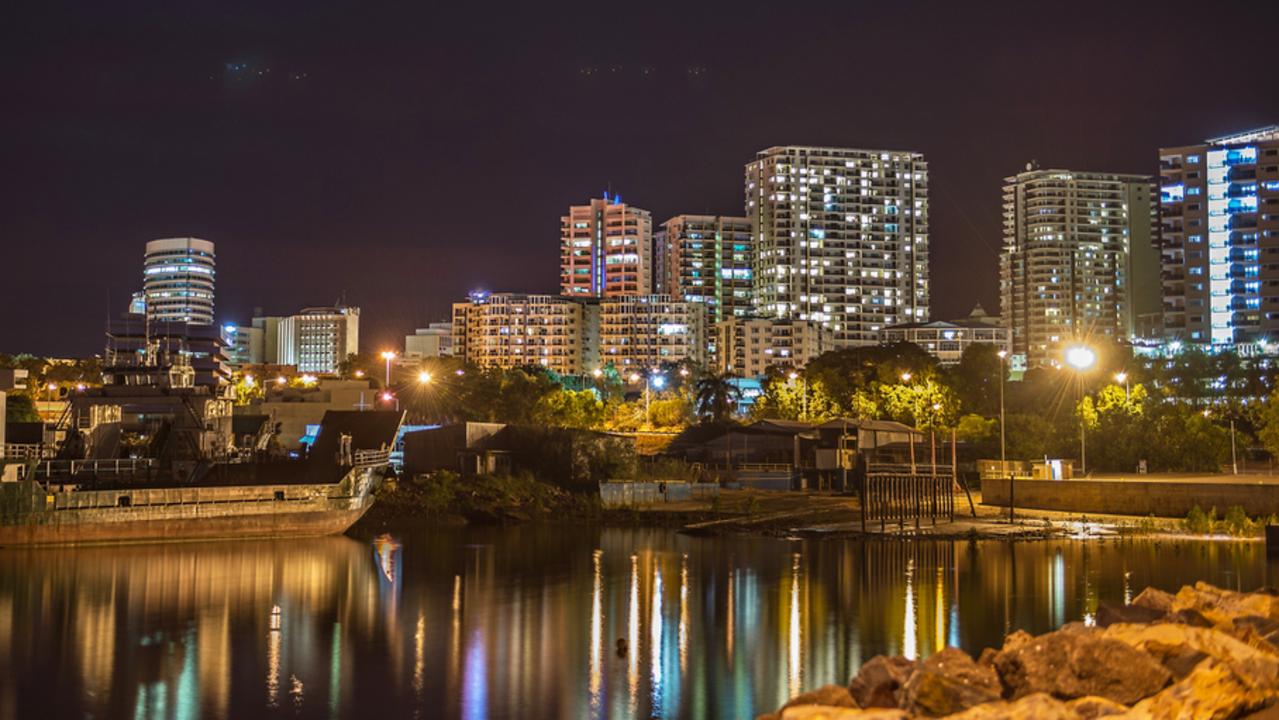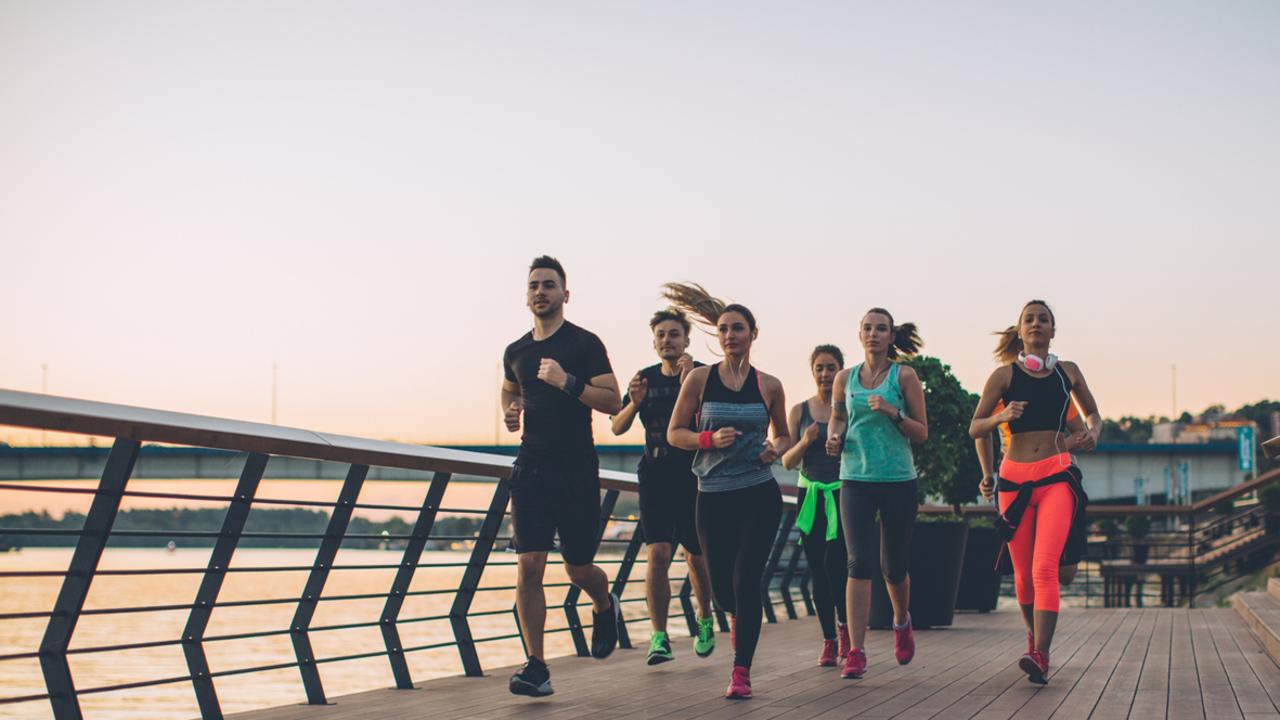Only Australian capital city where men outnumber women
For single straight women struggling to find a match, there’s only one Australian capital city where men outnumber women, and it’s not Sydney or Melbourne.

Single, straight women living in inner-city areas may struggle with dating, with Darwin the only capital city in Australia where men outnumber women.
Darwin was the only capital city which reported a high ratio of men to women, with 105.8 males per 100 females. Elsewhere in the Territory women slightly outnumbered men 99.5 to 100, according to figures released by the Australian Bureau of Statistics (ABS).
However a dating expert says it’s mindset over data for singles looking to make a match in the new year.
Most capital cities reported a higher proportion of women to men, while the rest of the state of territory displayed the opposite. However, this wasn’t the case for NSW, where the statewide ratio revealed a sex split of 98.9 men to 100 women.

However, Sydney also recorded the lowest ratios of men to women across the country, with Woollahra in the east and Castle Hill in the city’s northwest reporting a split of 82, and 82.2 males to 100 females respectively.
Melbourne as reported a split 97.8 males per 100 females, compared to 97.6 men for every 100 women in the rest of Victoria.
Queensland also bucked the trend. Women outnumbered men 100 to 98.2, in both Brisbane and the rest of Queensland, however the starkest differences were reported in the Gold Coast’s Robina West (82.3 males per 100 females) and Coombabah (86).
The gender ratio was most strongly defined in Adelaide and Hobart, where there was 95.8 men to every 100 women.
However, the rest of South Australia reported a sex divide of 104.5 men to 100 women, with the state’s northeast Outback area reporting the highest ratios of 144.9 men. 141.0 males per 100 females also lived in the mining town of Coober Pedy.
Outside of Hobart, Tasmania recorded near gender parity, with 100.4 men for every 100 women.
Women also only slightly outnumbered men in Perth with a ratio of 100 to 99.2, however the inverse was true for other areas in the state with a split of 105 men to 100 women.
Analysing the data, Tinder dating expert and founder and dating coach behind Sideswiped Sera Bozza said there’s no point being dismayed by the data points.
Based in Sydney, Ms Bozza said she’s had clients raise the issue of not being able to find single men in busy cities, but she’s careful to make sure they’re not using it as an excuse to “deflect responsibility”.
“More potential partners don’t necessarily translate to better (or more fulfilling) dating opportunities,” she said.
“Clinging to this belief is disempowering and can become a self-fulfilling prophecy. If you believe the odds are stacked against me, you make less effort, which leads to fewer matches or connections.”

Regardless of the statistics, Ms Bozza says it’s important for single women, and men, looking to date, to put themselves in situations where they are likely to meet a potential connections. She lists sporting and exercise groups as an option, or beginners language groups, or simply going to the pub.
“It’s definitely places where there’s a bit of there’s an element of physicality – that post-exercise dopamine high is really conducive to you being open to starting up a conversation,” she says.
“Activities that have like an element of vulnerability, where you’re both beginners also allow you to see a whole different side of a person.”
Salsa classes are also a hit, she adds.
“I’ve had actually so many friends who meet guys through salsa, I think it’s just so intimate,” she says.

As for people moving to regional areas to find love, Ms Bozza has worked with clients who have “flirted the idea,” but warns it’s not a decision without consequences.
“I think it can be really great but you have to be really sure about your own values, because if you’re going from a large urban centre to a small, rural community you need to make sure that’s somewhere where you actually want to take your life,” she said.
“Maybe it’s the community and closeness that you like but then my first suggestion would be how might be able to foster that same closeness and community in the city you currently live in.
“There’s so many options, or community within these larger cities, you need to ask yourself whether you’ve really exhausted all those possibilities, or are you just hoping something else will make a difference.”
Capital cites with the highest ratios of men to women:
Darwin, Northern Territory: 105.8 men per 100 women
Perth, Western Australia: 99.2 men per 100 women
Sydney, NSW: 98.9 men per 100 women
Brisbane, Queensland: 98.2 men per 100 women
Melbourne, Victoria: 97.8 men per 100 women
Adelaide, South Australia: 95.8 men per 100 women
Hobart, Tasmania: 95.8 men per 100 women



